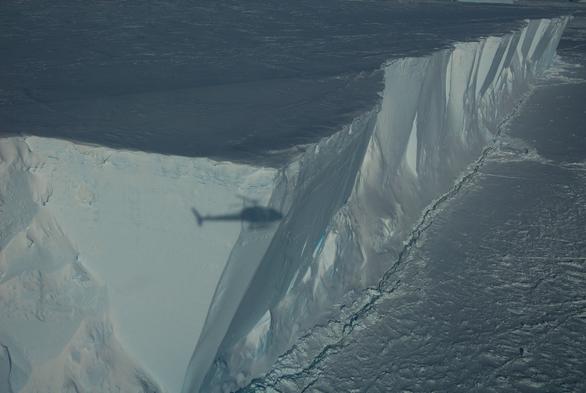I'm quite biased, however if enough money appeared for a whole new icebreaker I would spend it on people and systems to fully utilise #Nuyina first. Then think about adding capacity as demand saturates...
Right now, another Australian icebreaker is idle capex.
...for the butbuts, yes I understand about leasing ships for specific needs. I'm very happy to discuss as a paid consultant. Permanent hire to run a frozen ocean program is also acceptable ;)









